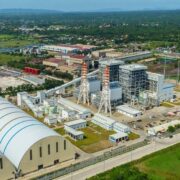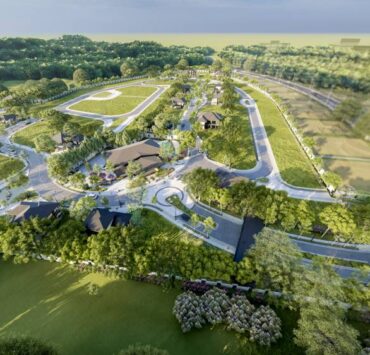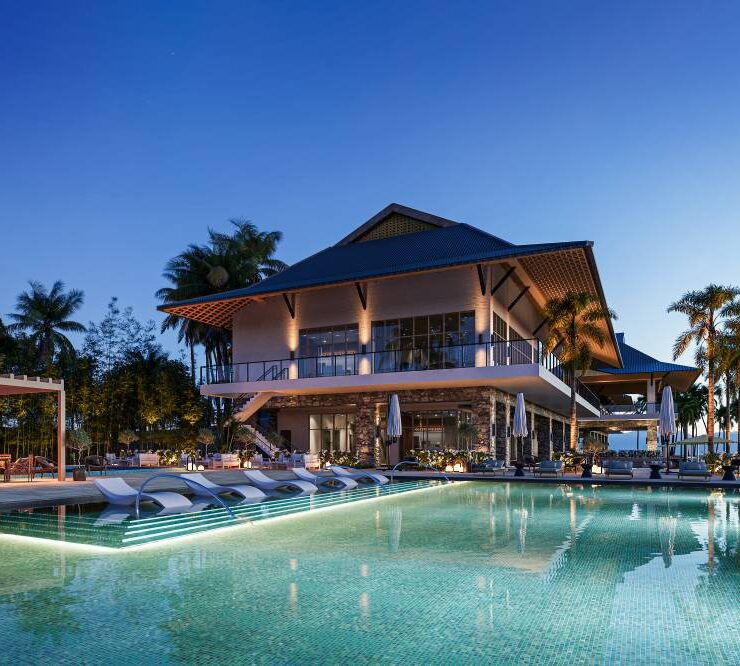In search of the forever address
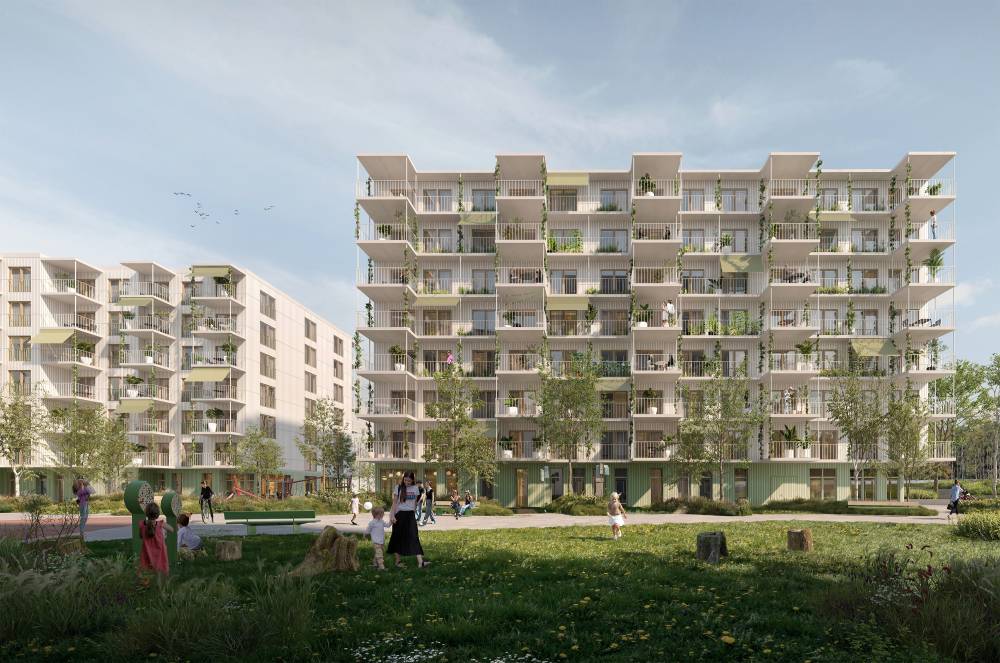
Across Philippine cities, prestige begins with a place that feels inevitable.
The strongest luxury communities sit on ground that reads as destiny rather than luck, then layer architecture, craft, and service until the address becomes a standard for its era. Enduring value comes from location first, then from the discipline that keeps the ensemble coherent as generations inherit it.
Where prestige begins
Location sets the tone. Elevation above historic flood lines, stable soil, and a breeze path that cools without punishing gusts give a site inherent poise.
Access matters as much as privacy. A primary approach that is wide and legible, a secondary route for service and emergencies, and a quiet loop inside the gate all create a rhythm that feels secure and easy.
Hospitals, schools, and employment catchments within practical reach keep time budgets stable across cycles, which residents experience as lasting quality. Views toward water, hills, or heritage trees add dignity, yet the unseen advantages—such as reliable utilities, fiber, and a clean title with protected rights of way—carry equal weight.
The best sites place community pavilions, a café, or a small gallery near the edge so the development has a public face that earns goodwill. Deeper inside, quiet courts and green rooms restore privacy. This gradient turns land into a narrative rather than a simple enclosure.
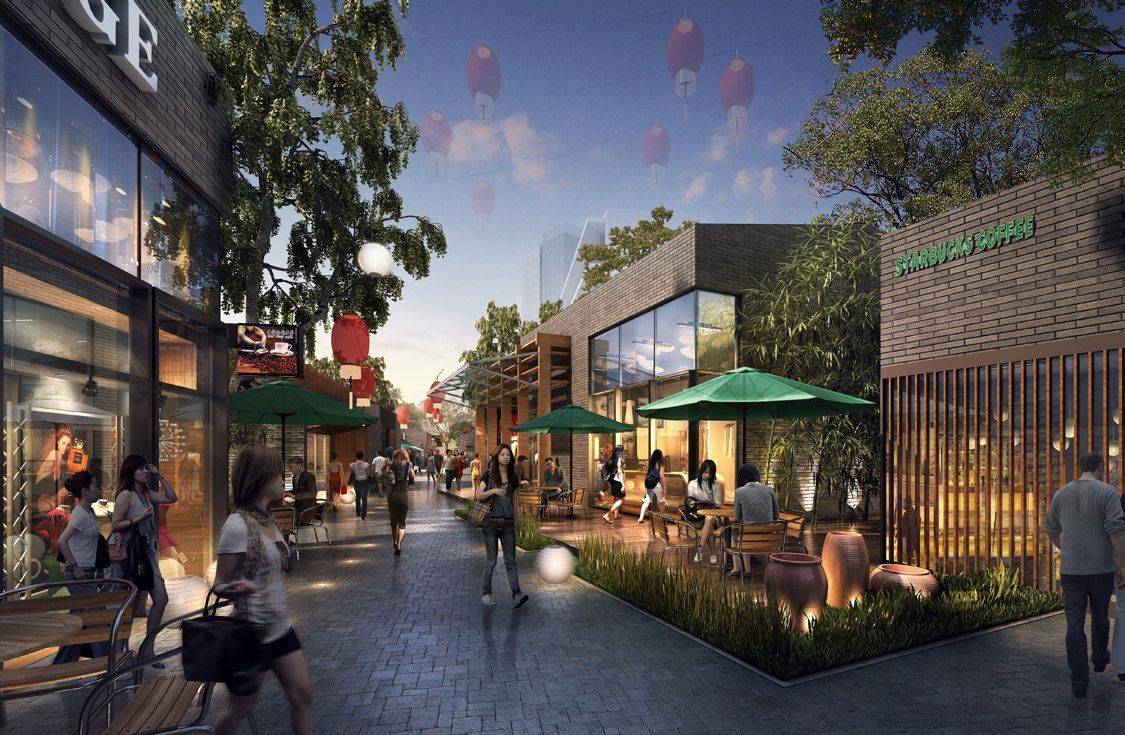
the development has a public face that earns goodwill. —PINTEREST.COM
Exclusivity by design
First are thresholds—gatehouses combine clear sight lines, predictable lighting, and courteous protocol so entry feels precise rather than theatrical.
Second is legibility. Streets follow a simple hierarchy—lots and towers sit on axes that read at walking speed, and wayfinding is calm.
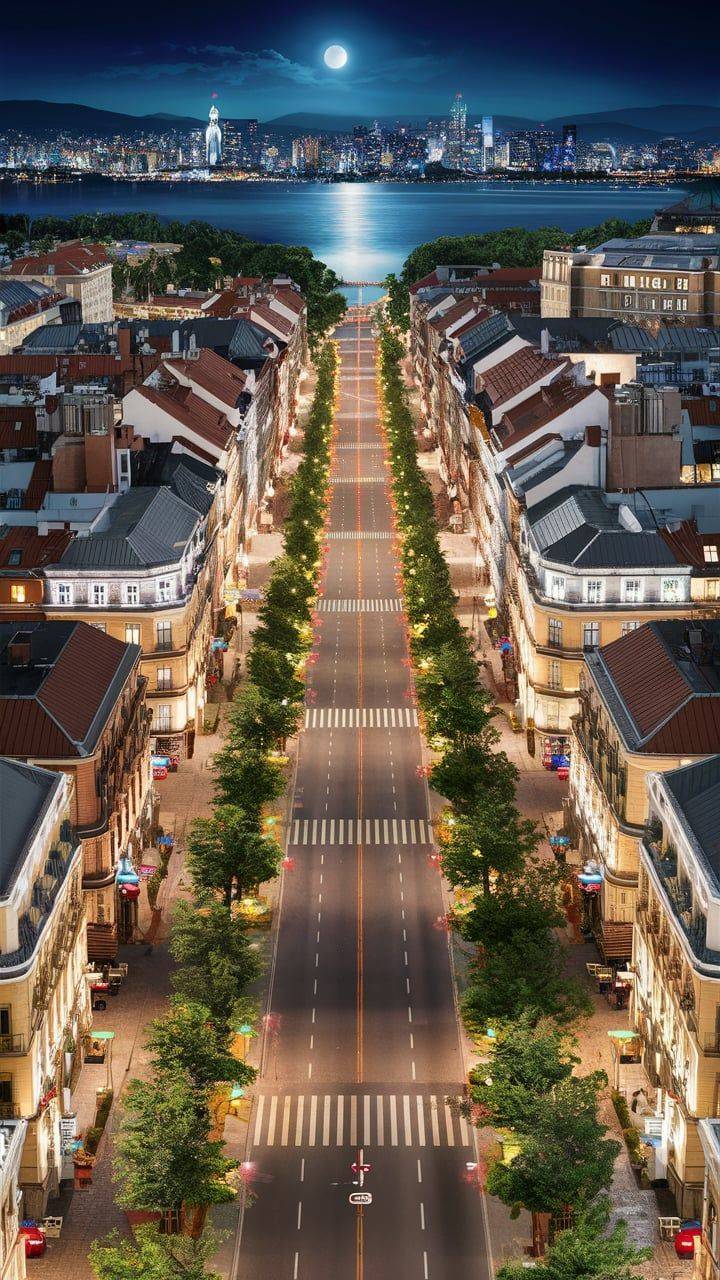
Third is curation. Covenants set proportions, materials, and height relationships, which protect coherence while allowing individual expression. When residents sense that the place edits itself, they call it exclusive.
A community earns stature when backup power, water pressure, and security routines hold during stress. Operations publish standards for cleanliness, response time, and landscape care. The quiet reliability of these promises becomes the most persuasive amenity of all.
What prestige means today
Prestige now values art that grows from local makers, gardens that mature rather than turn over each season, and architecture that stands in proportion rather than glare.
The signature contributes to jobs, apprenticeships, and discreet public spaces at the edge, lowering friction and strengthening the address’s social license. In contemporary terms, prestige is consistency, civility, and taste that can survive trends.
The anatomy of a high-end community
The ensemble begins with a central green that gathers light and breeze. Around it, a pavilion for daily rituals anchors the community. A lap pool, play lawn, and maker room serve families across life stages. Paths link clusters to shade and water, so walking becomes joyful.
Homes and towers are oriented to catch the breeze and morning light, with depth of shade and roof forms that keep water off walls. Rainscreen assemblies, ventilated roof spaces, and generous eaves reduce wear and noise. Balconies accept operable screens, so rooms adapt to the season and use without disturbing elevations.
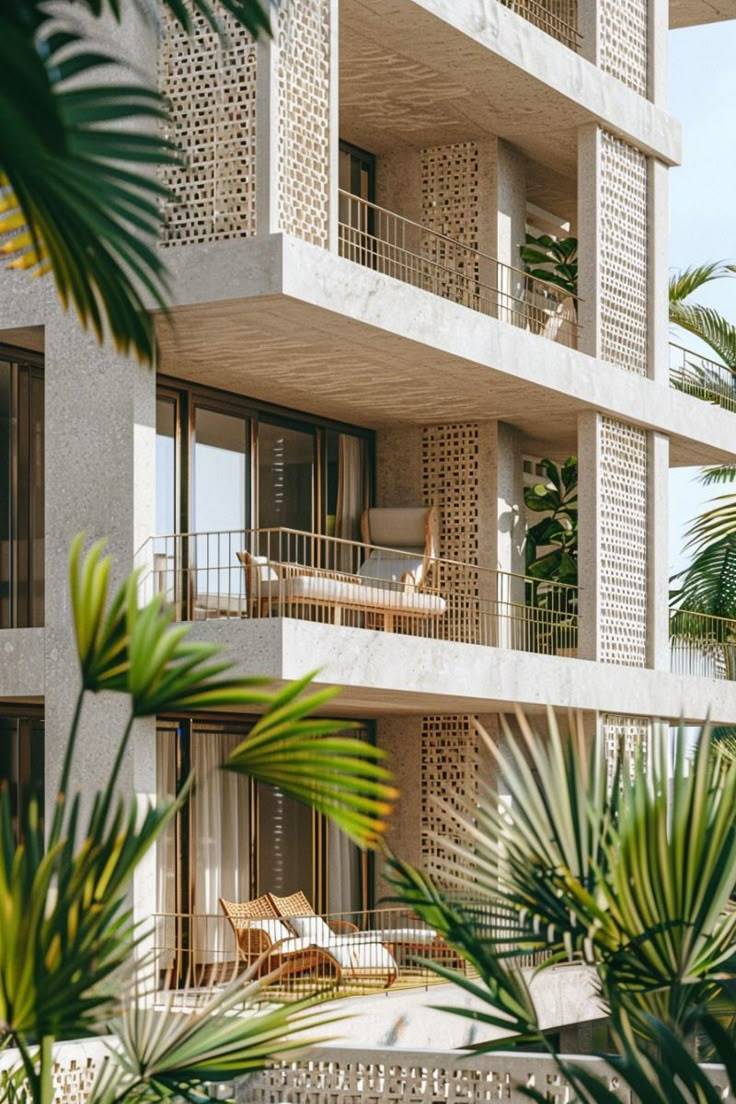
Architecture, components, materials
Architecture relies on proportion and calm geometry. Courtyards and verandas temper the heat and support conversation. Floor plates allow daylight on two sides and cross ventilation. Service spines keep wet areas stackable and future-ready.
Materials gain character rather than fatigue. Honed local stone, well-treated timber, engineered bamboo, and marine-grade stainless fittings hold up in salt and heat. Exterior metals receive finishes that can be renewed locally. Paint schedules favor mineral systems for façades and low-sheen enamel for trims, so touch-ups remain invisible. Beauty comes from grain, shadow, and how light moves at different hours.
Institutions that hold the standard
The Magna Carta for Homeowners and Homeowners Associations, and the Condominium Act allow communities to manage common assets and collect dues. Bylaws require reserve studies, transparent procurement, and an annual report that tracks landscape health, equipment status, and service response.
People will invest in a place that measures itself and keeps its promises.
The author (www.ianfulgar.com), is a leading architect with an impressive portfolio of local and international clients. His team elevates hotels and resorts, condominiums, residences, and commercial and mixed-use township development projects. His innovative, cutting-edge design and business solutions have garnered industry recognition, making him the go-to expert for clients seeking to transform their real estate ventures











